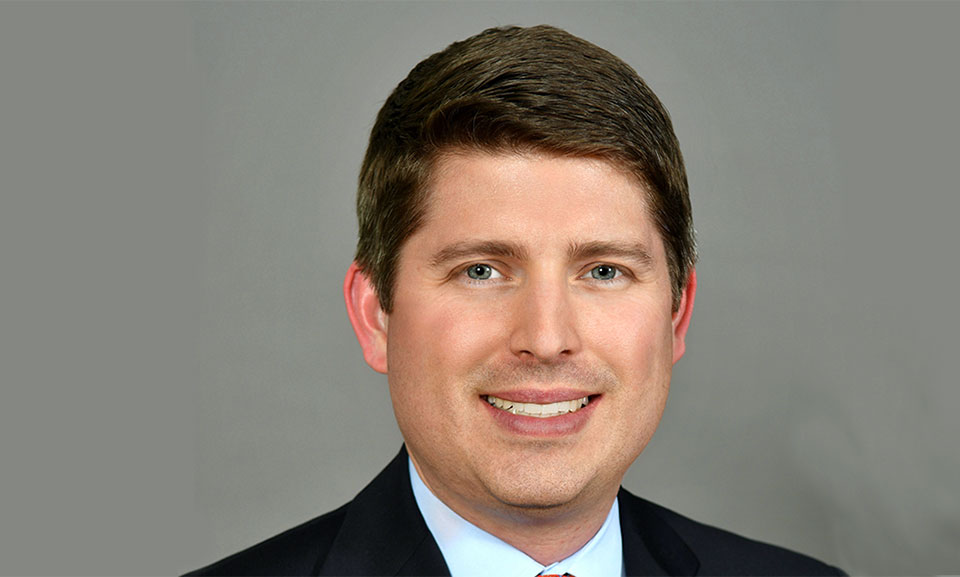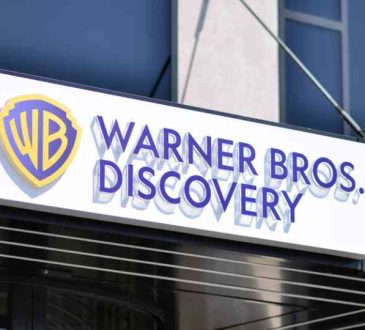How to strategically use wealth to build the life that you want?

Is your annual corporate strategy meeting /retreat the biggest waste of time in your organization? If so, you are not alone. There is perhaps not a single greater gap in the business world between potential positive impact and the ultimate, “real world” let down than the strategic planning process in many organizations. Corporate strategy retreats are massively time consuming and expensive. The pre-COVID cost of travel and meeting space is inconsequential compared with the cost of taking 1 – 2 days of your senior management team’s valuable time. All for the ultimate end of producing an updated corporate strategy that will get printed, bound, distributed, and deposited on bookshelves to quickly gather dust. It is not surprising then why so many management teams either dread or do away with such exercises.
For family-owned companies, there is another dimension at play that further complicates matters – the entrepreneurial heritage of the family. For countless families, there is a tremendous, and well deserved, sense of pride about the origin story of the business. A current or prior living family member saw an opportunity, took a risk, and navigated a host of challenges to build something of consequence. These stories are the backbone of the American dream. Underlying these histories is the family’s tremendous pride in its nimbleness and responsiveness to the market. Accordingly, for many family-owned companies, the idea of a formal strategic planning process feels anathematic to the values that made the family successful to begin with. I have heard families pridefully say that one of their strengths is that they do not have a formal strategy.
So, what is the big deal with strategy and why is it so hard to see any real value from it? Below, we walk through 3 key dimensions of real strategy and why great family-owned companies have been engaging in strategy all along without realizing it.
First, real strategy begins with making a series of choices about where / how the company is best positioned to win. Companies who engage in strategic thinking that is productive quickly realize that corporate identity statements like mission, vision, and values are only inputs to strategic planning, not the final output. Once the company develops a ‘hypothesis’ about how it can succeed, the task is to quickly and cheaply as possible get market validation about the concept.
For entrepreneurial families, this is exactly the path they engaged in during the business’ start-up phase as they worked to carve out their place in the market. The business founder had a sense of where market demand was. As the business launched and grew, the founder and family likely made a thousand individual choices as they learned what customers really wanted and what they could deliver. Strategy is an emergent process – it comes out of action. Life is simply too complicated with far too many variables to guarantee that something dreamed up in a conference room will be successful.
Second, strategy is always dependent on time horizon. With average CEO tenure continuing to fall for public companies, the simple reality for most executives is that they are unlikely to be around to realize the benefit or befall the consequences of their longest-term plans. As such, short (sub-1 year) and intermediate (2-3 year) term thinking is the dominant modality of management. As such, what dominates are plans that deliver quick wins, even at the cost of long-term success. Just look at Intel which has been so focused on delivering incremental wins in processor speed that they have missed the shift in chip architecture which has benefited companies like ARM or even Apple, which is back building their own processors.
Families that are well-aligned internally are uniquely positioned to win as they have the chance to act for the long-term. Data is supportive of the long-term outperformance of family-owned companies. The key is if the family can keep itself together to realize the benefits of this time horizon.
Finally, strategy is dependent on nimbleness. The common story of all businesses that scale is that chaos must ultimately be tamed to allow consistency and predictability in how the business operates. That is why systems, processes, and policy become so important over time. But taken to the extreme, the beneficial elements of systems and processes turn into arthritic bureaucracy. The paradox to manage is how to maximize the benefits of size but retain the flexibility of a smaller venture.
Family-owned companies are positioned to manage this paradox well. With the family retaining sizable equity ownership, there is a real incentive to limit headcount growth for the sake of headcount growth. As well, proximity to the founder has likely instilled a core value in the family of creativity and growth. These aligned incentives and core values often translate into an operating cadence that is rapidly responsive to the marketplace.
The sizable task for management teams of all types is to build platforms where choices can be made, time horizon tensions can be managed, and organizations are nimble enough to implement their goals. Underlying all three of these is a foundation of alignment among the organization’s key stakeholders. For the family-owned, this alignment is driven by the interplay between the individual and the Family. Each individual must be clear about their expectations regarding their ownership of the business. The Family as a collective must then determine how these expectations can be harmonized to all for a consistent single direction. With that alignment firmly in place, the real strategy can be conducted – not its faux ‘offsite’ equivalent.
Written by David C. Wells, Jr., CFA. If you enjoy this article, don’t forget to check out our compilation of the World’s Richest Race Car Drivers, Richest Musicians, Richest Models, and Richest Rappers Richest Hockey Players Richest Film Directors. Richest Comedians, Richest Basketball Players.
Add CEOWORLD magazine to your Google News feed.
Follow CEOWORLD magazine headlines on: Google News, LinkedIn, Twitter, and Facebook.
This report/news/ranking/statistics has been prepared only for general guidance on matters of interest and does not constitute professional advice. You should not act upon the information contained in this publication without obtaining specific professional advice. No representation or warranty (express or implied) is given as to the accuracy or completeness of the information contained in this publication, and, to the extent permitted by law, CEOWORLD magazine does not accept or assume any liability, responsibility or duty of care for any consequences of you or anyone else acting, or refraining to act, in reliance on the information contained in this publication or for any decision based on it.
Copyright 2024 The CEOWORLD magazine. All rights reserved. This material (and any extract from it) must not be copied, redistributed or placed on any website, without CEOWORLD magazine' prior written consent. For media queries, please contact: info@ceoworld.biz
SUBSCRIBE NEWSLETTER








